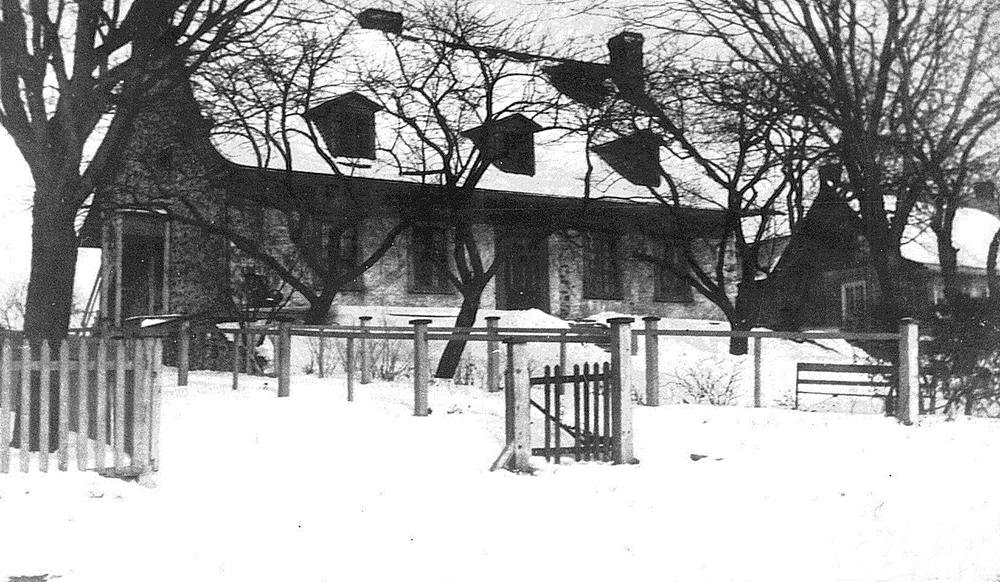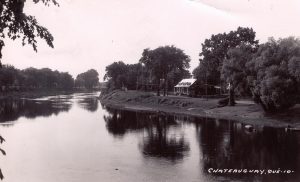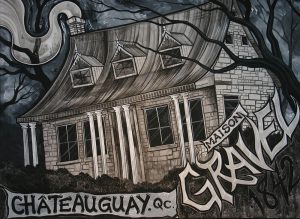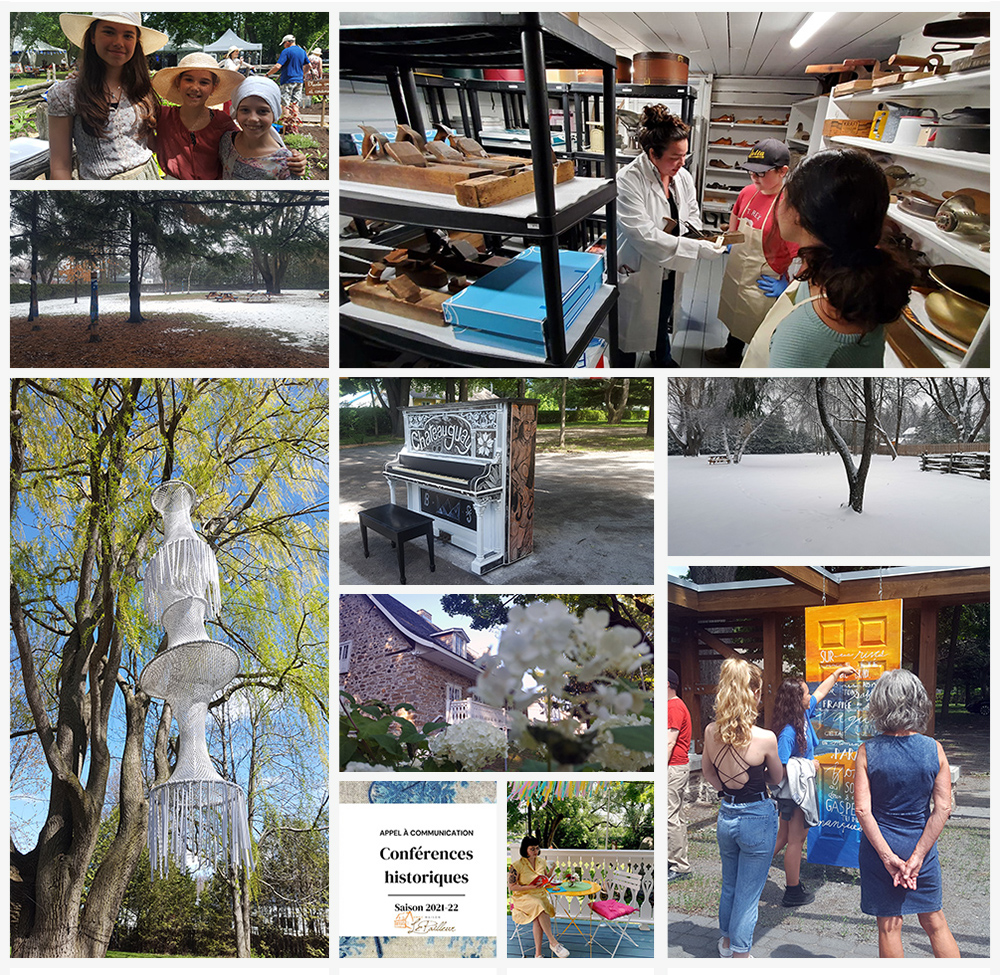A legacy that remains
Family values at the origin of a society museum
Whether in Boucherville, Québec City, Varennes, Châteauguay or Montréal, there are traces of the LePailleur family. Some of these are found in archives or in objects they have bequeathed, and others, in the name of a street, a public square or a residence.
Along the Châteauguay River, in the municipality of the same name, we can find one of the family’s greatest legacies. Lot 81, strategically located in the heart of the village, is located near the church in one of the most densely populated areas of the city. It was greatly coveted over the centuries, especially by those who wanted to use it for trade.
In the summer of 1826, François-Georges LePailleur settled in this house with his family and made it his office as well. When he died in 1834, his wife Josephte inherited all his possessions, including the family estate. Eight years later, she split her land and gave part of it to her daughter Catherine, who was to be married. The two women then went to the notary to sign the contract, something rather rare at the time. Catherine was also the one to sign the contracts for the construction of her residence.
At the heart of a legacy (subtitles available in French and English). Enjoy the French video with an English transcription.
Maison Gravel along the Châteauguay River, around 1950.Then, in 1855, Josephte again went to the notary, this time for a gift inter vivos, in other words, she ceded the family estate to her son Alfred-Narcisse while she was still living. It is because he followed in his father’s professional footsteps that he inherited it. Having completed his notarial training, he now had to establish his practice and could take over part of his father’s clientele. The LePailleur family remained in the house that now bears its name until 1875, when Alfred-Narcisse left the estate to settle in another residence in Châteauguay and then in Lachine.
After their departure, the LePailleur estate and the two residences changed hands several times and were assigned various vocations. The LePailleur house and the consolidated ruins of Catherine’s house are now the Maison LePailleur Museum and Historical Site. Although the site has been owned by the Ville de Châteauguay since 1998, it has been managed by the Société du Musée du Grand Châteauguay since its acquisition.
A corporate museum well established in its community that introduces visitors to the history of Lower Canada (1791-1841), Maison LePailleur perpetuates the values of community and social commitment so dear to the family whose name it bears.





